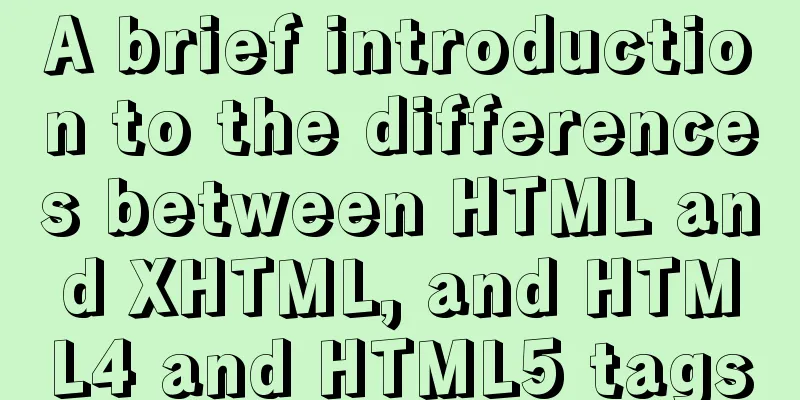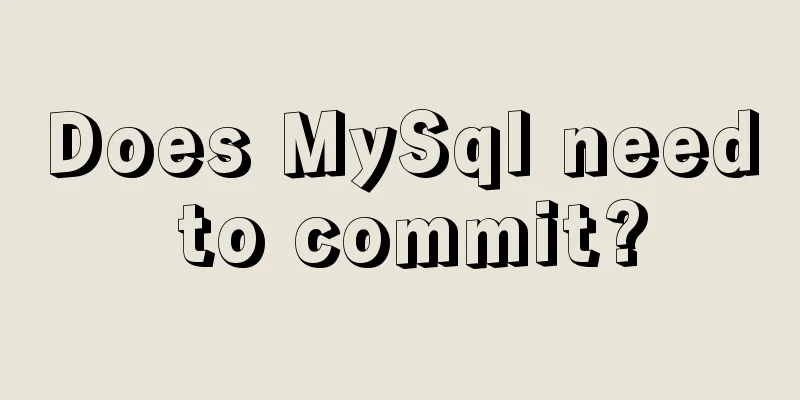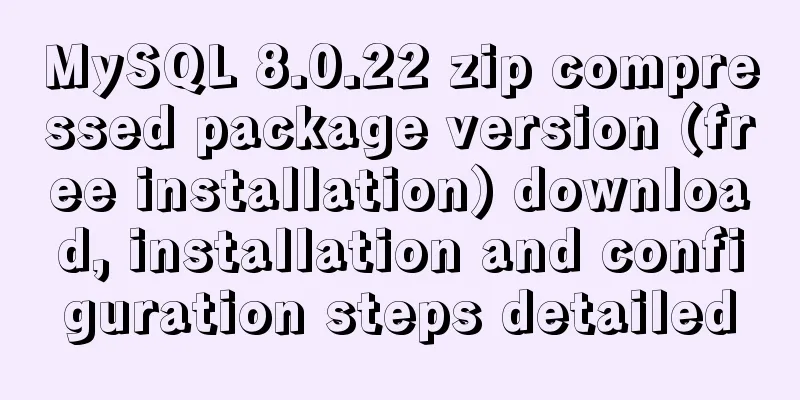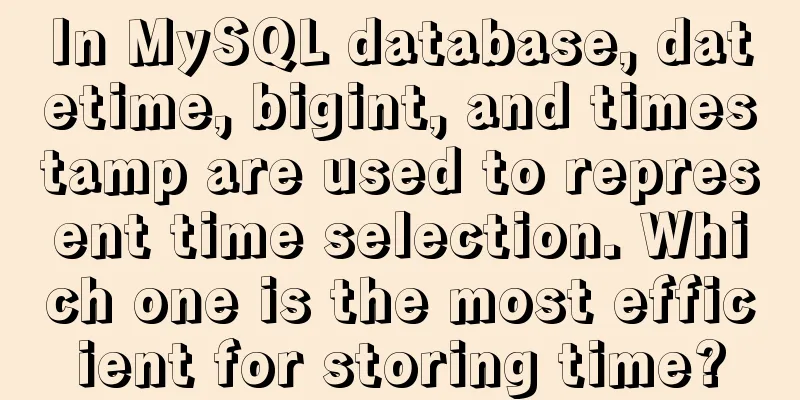Overview and Introduction to Linux Operating System
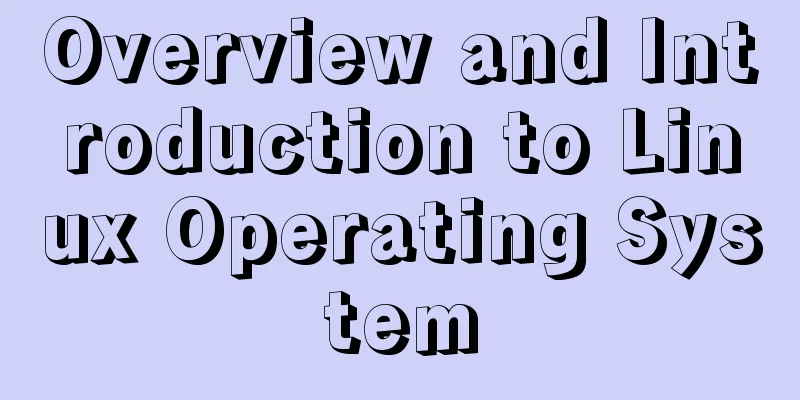
|
Introduction: In these years, before I learned knowledge in the computer field, I was accustomed to thinking about several basic elements of knowledge itself: **1. What is it; 2. Where does it come from; 3. What can it do. **I also increasingly feel that before learning any technology, it is necessary to think about these questions and start learning with these questions in mind. Otherwise, it is easy to fall into misconceptions, have no goals, feel confused, and forget what you have learned over time, from getting started to giving up. 1. What is an Operating System Linux is a computer operating system, similar to Windows, and is a system software. Among the operating systems that everyone is familiar with, computer operating systems include Windows, Linux, and Mac OS. The more famous mobile device operating systems include Android, IOS, and Hongmeng, which was just launched by Huawei.
How to understand the concept of operating system? We understand the hierarchical structure of computer systems from life experience:
Note: The interface for direct interaction between users and the operating system is the shell command. This batch command interface allows users to use it directly. Based on the above description, the definition of operating system is given here: Operating System (OS) controls and manages the hardware and software resources of the entire computer system, and rationally organizes and schedules the computer's work and resource allocation to provide users and other software with a convenient interface and environment. It is the most basic system software in the computer system. 2. The Origin of LinuxA long time ago (in the 1960s), computers were not yet popular and only a few people could use them. Computer systems at that time were all batch processing operating systems. Batch processing is a process in which a group of tasks are submitted to a computer at one time, and the computer cannot be interacted with during the process while waiting for the calculation results. Only one user can use it at a time, and preparing the I/O input for the job takes a long time, resulting in a huge waste of computer resources. Later, in 1965, the Multics project was jointly initiated by Bell Labs, Massachusetts Institute of Technology and General Electric to design and develop an interactive, time-sharing operating system with multiprogramming capabilities to replace the batch processing operating system that was widely used at the time.
The project failed because its goals were so large and complex that its developers didn't know what to do. Based on this experience, Ken Thompson and Dennis Ritchie implemented a prototype of a time-sharing operating system in 1969. In 1970, the system was officially named UNIX, which means small and streamlined.
Who is Dennis Ritchie? Students who are familiar with C language should know that he invented C language because he liked to play the computer game "Around the World" in the laboratory and was hailed as the father of C language. This is a high-level language suitable for writing system software. Its birth is an important milestone in the development of the UNIX system. It declares that assembly language is no longer the dominant language in the development of operating systems. In 1973, most of the source code of the Unix system was rewritten in C language, which improved the portability of the Unix system. It is clear from the early UNIX system documents and content that the development of UNIX is a free, open source process that is fully dedicated to making UNIX better. This process led to the sharing of code (both within and outside Bell Labs) and enabled the rapid development of high-quality UNIX operating systems. Because the US government was worried that AT&T, which had already monopolized the telephone industry, would once again monopolize the computer industry, AT&T was banned from selling computer systems. Because AT&T was strictly restricted from selling computers directly to consumers before its asset breakup, the UNIX source code was licensed to universities for teaching and research use, charging a nominal fee. FreeBSD is a version of UNIX developed by the University of California, Berkeley in the 1970s. It is developed and maintained by volunteers from all over the world and provides varying degrees of support for computer systems of different architectures. Starting with the BSD system, major commercial companies began to develop Unix systems based on their own hardware architecture and the BSD system, resulting in various versions of the Uinx system, such as: SUN's Solaris, IBM's AIX, HP's HP UNIX, etc., and charged for their services. AT&T must be furious at the thought of this. Isn't this just making wedding dresses for others? If you don't let me make money, you can't make money either. In the late 1970s, Unix faced another major problem: AT&T suddenly reclaimed its copyright, especially the requirement to prohibit providing Unix system source code to students. AT&T took back the copyright and no longer made it open source. Such problems caused panic in the Unix industry at the time and also led to business disputes. If you want to continue using it, you need to purchase a license, which costs $40,000! ! ! Many users have become accustomed to using Unix, but when they suddenly have to pay for it, many people are very dissatisfied! ! ! One of them is Richard Stallman, who launched the free software movement, blew the clarion call of communism (launched the GUN movement), and published the communist manifesto of the software industry (GPL agreement), and this movement was recognized by many people.
In 1985, GNU Richard Stallman founded the Free Software Foundation to provide technical, legal and financial support for the GNU project. As the saying goes, money makes things easier. By 1990, the software developed by the GNU project included a powerful text editor Emacs, a C language compiler GCC, and most of the program libraries and tools for UNIX systems. The only major component that remains incomplete is the operating system kernel. In fact, history seemed to be waiting for someone to appear, and then he appeared! In 1991, Linus Torvalds, a student at the University of Helsinki in Finland, wrote it out of personal interest. At that time, he felt that the mini version of UNIX operating system Minix used for teaching was too difficult to use, so he decided to develop an operating system himself. The first version was released in September 1991 and consisted of only 10,000 lines of code. Because Linux has the characteristics of clear structure and simple functions, many college students and researchers in scientific research institutions have chosen it as an object of study and research.
Richard Stallman immediately summoned Linus to join. In March 1994, Linux 1.0 was released with 170,000 lines of code. It was released under a completely free agreement at the time, and then officially adopted the GPL agreement. The origin of the Linux Logo is a very interesting topic. It is a penguin. Why choose a penguin?
In this regard, the author collected information and found that the following statement is the most reliable. Penguins are the iconic animals of Antarctica. According to international conventions, Antarctica is owned by all mankind and does not belong to any country in the world. No country has the right to include Antarctica in its territory. Linux chose the penguin pattern as its logo, which means that the open source Linux is owned by all mankind and no company has the right to own it privately. 3. Basic Features of Linux
4. Linux Applications
The above is the detailed overview and introduction of the Linux operating system. For more information about the introduction to Linux, please pay attention to other related articles on 123WORDPRESS.COM! You may also be interested in:
|
<<: Analysis of the pros and cons of fixed, fluid, and flexible web page layouts
>>: Detailed explanation of Vue two-way binding
Recommend
Solution to the blank page after vue.js packaged project
I believe that many partners who have just come i...
Alibaba Cloud Centos7 installation and configuration of SVN
1. Install SVN server yum install subversion 2. C...
How to deploy MySQL master and slave in Docker
Download image Selecting a MySQL Image docker sea...
MySQL 8.0.13 free installation version configuration tutorial under Windows environment
Table of contents Download the compressed file Ad...
A preliminary study on composite primary key and joint primary key in SQL statements
1. Composite primary key The so-called composite ...
Solution to many line breaks and carriage returns in MySQL data
Table of contents Find the problem 1. How to remo...
How to use docker to build redis master-slave
1. Build a Docker environment 1. Create a Dockerf...
In-depth understanding of React Native custom routing management
Table of contents 1. Custom routing 2. Tab naviga...
Summary of basic knowledge points of Linux group
1. Basic Introduction of Linux Group In Linux, ev...
How to implement checkbox & radio alignment
Not only do different browsers behave differently...
JavaScript implements the drag slider puzzle verification function (html5, canvas)
introduction: Slider drag verification is now use...
Common solutions for Mysql read-write separation expiration
The pitfalls of MySQL read-write separation The m...
Google Translate Tool: Quickly implement multilingual websites
Google China has released a translation tool that ...
Web Design Tutorial (4): About Materials and Expressions
<br />Previous Web Design Tutorial: Web Desi...
How to remove the "Enter" in the form, "Submit" and "Enter != Submit"
To implement the "Enter != Submit" probl...







